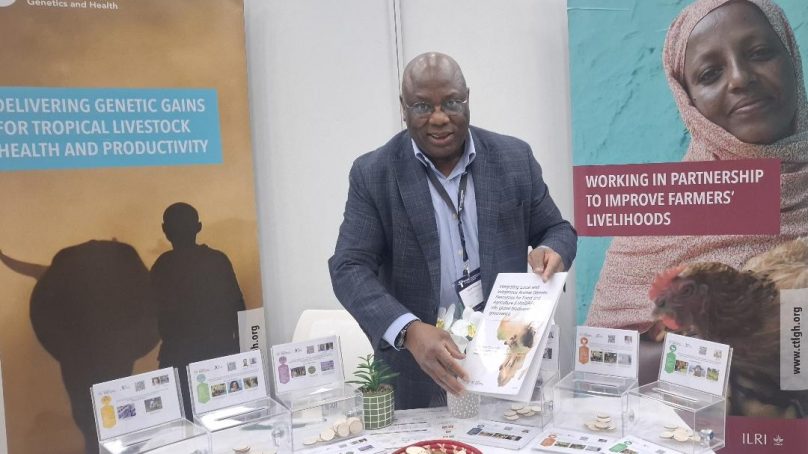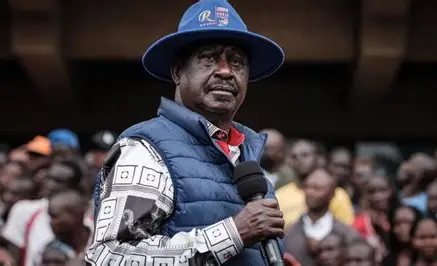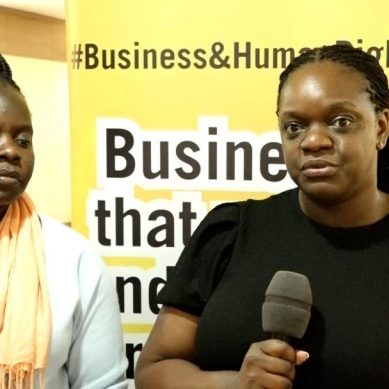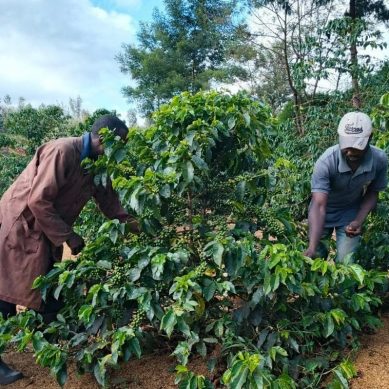
Centre for Tropical Livestock Genetics and Health (CTLGH) has turned to innovative techniques to measure methane emissions from livestock, which enables more precise classification to improve mitigation strategies.
Livestock and in particular ruminants, are both contributors to and victims of climate change as they produce greenhouse gases (GHGs) such as methane and carbon dioxide, which drive climate change.
Speaking on the side-lines of the just concluded International Greenhouse Gas and Animal Agriculture Conference in Nairobi, Prof Mizeck Chagunda, director of CTLGH, noted that there are breeding programmes that can be designed to select animals with lower methane emissions, contributing to a more sustainable livestock production system.
He noted that through funding by the Bill and Melinda Gates Foundation, experts at CTLGH’s research nodes in Kenya, Ethiopia and Scotland are applying insights from research into genetics to enable purpose-bred animals that are more productive, healthy, feed-efficient and resilient to climatic and environmental challenges.
“By integrating genetic research with practical solutions, CTLGH is committed to sustainable livestock systems by developing genomic and bio-scientific innovations to enhance the health, resilience, and environmental sustainability of livestock, which in turn increases productivity and lowers GHG intensity,” he added.
Prof Chagunda noted that the mission is to enhance food security in low- and middle-income countries via increased productivity, adaptability and sustainability of livestock in tropical production systems through genetic improvement.
“Our main work is in dairy, poultry and capacity building. Training young African scientists in different kinds of work, knowing that the farmers in dairy and poultry can really achieve a lot,” he said.
Prof Chagunda acknowledged that Africa has not really been benefiting from the production systems compared to other European farmers and gave an example of how despite the same science, biology and animals being used, production of milk for the same breed of cattle would produce much less in Africa compared to Europe.
“We have had a dairy research centre where we had animals producing between 35 and 50 litres of milk per day; one animal of the same breed an African country would produce only 8 to 10 litres per day,” he explained
With these same genetics but producing quite differently, Prof Chagunda said CTLGH is therefore working to bridge the gap by applying advanced breeding technologies to livestock in Africa and other regions to improve productivity while adapting to local conditions.
CTLGH’s research aims to ensure national partners in different countries are coming together almost at the same level to meet and work on where the animal can produce to the optimum.
He explained that one of the major challenges of tropical livestock is east coast fever (ECF), which wipes away a whole flock, bringing farmers’ production down to zero again.
“We have been looking at the genetics of how to make an animal survive even with an outbreak of ECF and also identifying genes for heat resistance,” he said.
He added that their programme aims to use genetics to improve livestock and create solutions for ECF, in part by identifying genetic factors that provide protection against the disease through partnerships with Institutions like International Livestock Research Institute (ILRI) to develop genetic solutions for livestock that enhance livelihoods
“We have identified some genes from animals that can make them survive this disease. We’ve published that information but what we really need to do is find a map that shows that exact gene and start selecting animals based on the said known genetics,” the director said.
With two years remaining on the programme that started in 2022 and ends in September 2027, Prof Chagunda said they have made a lot of progress and developed a system where one can evaluate and rank the genetic merit of individual animals so that a farmer can actually shop for the animal they want even for their next generation.
“We should be able to launch that in the near future, and we are talking to the national governments and also national collaborators,” he said.
CTLGH has also developed a system dubbed ‘Trusted Research Environment,’ with rules where one can share data with others without stealing data from each other but also respectfully using what others can or cannot use.
“This will be a platform where you can share data in a very trusted way. We are hoping that, again, when we deploy that, a lot of countries, a lot of companies, a lot of research institutions can share data without saying, ‘Where are my data going?’ because it’s transparent and you join that platform knowing fully well what you are entitled to and what you are not entitled to,” Prof Chagunda said.
He added that commercial companies, breeders, farmers and governments all have their own requirements, and creating the platform will be a big breakthrough to help people share data and use it for the progress of livestock development.
Kenya has a large and diverse livestock sector, including cattle, sheep, goats, camels and poultry, which is vital for the economy and food security. The livestock sector contributes 12 per cent to GDP and employs 50 per cent of agricultural labour.
- A Tell Media / KNA report / By Wangari Ndirangu







